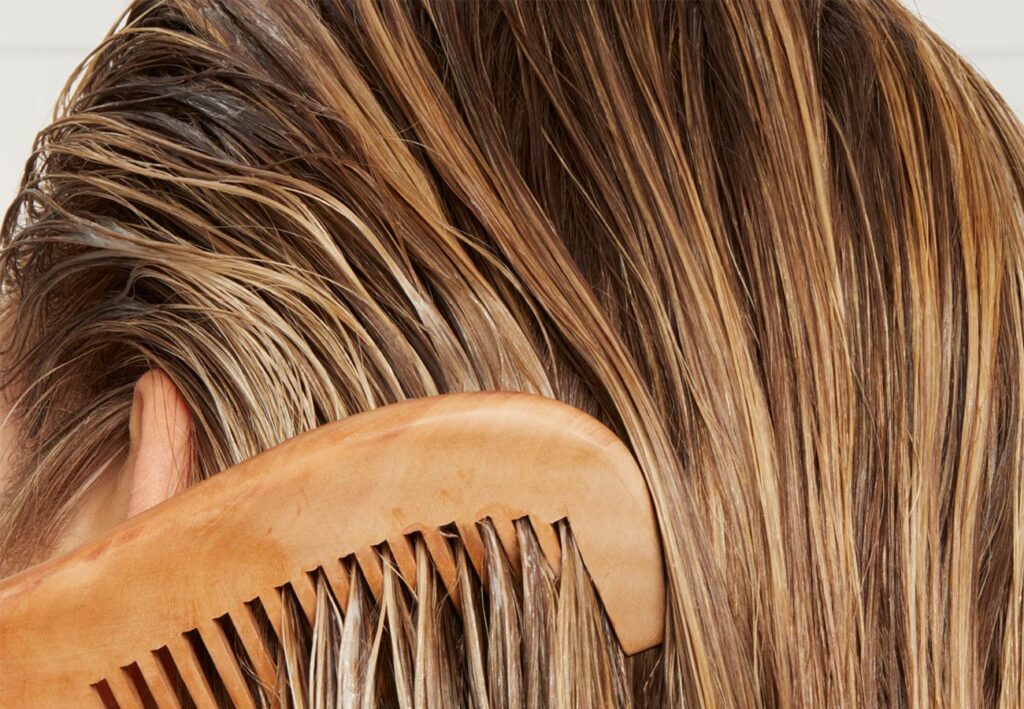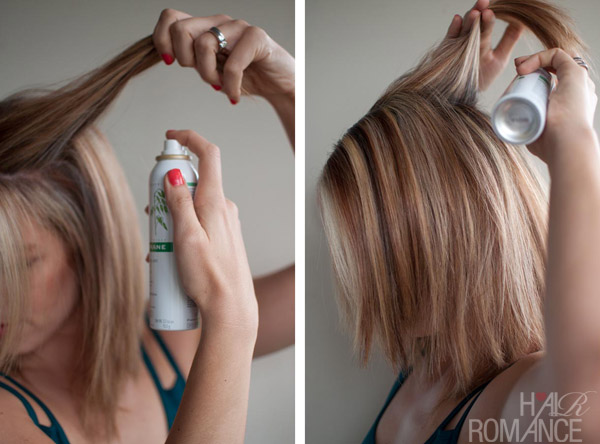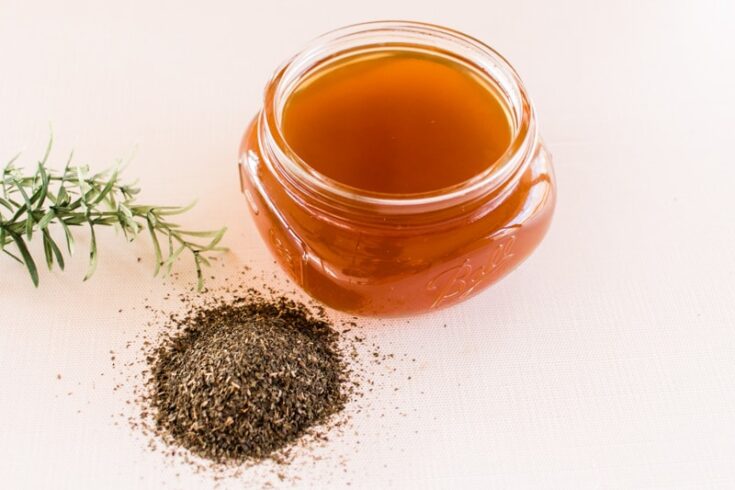If you’re dealing with oily hair, you’re not alone. Oily hair can be frustrating to manage and can make you feel self-conscious. Fortunately, there are several simple and effective ways to fix oily hair and keep your locks looking fresh and clean. In this guide, you’ll find a variety of greasy hair hacks that will help you control excess oil. Whether you’re dealing with occasional oily hair or a persistent issue, these greasy hair hacks will help you achieve the beautiful, healthy-looking hair you’ve been dreaming of.
I. What Causes Greasy Hair?

If there is one thing that even the laziest of us can’t put up with, it has to be greasy hair. It does not just look disgusting, but it is also extremely uncomfortable and itchy. Greasy hair is the result of the sebaceous glands on your scalp producing oil. The oil is then absorbed by your hair and too much of it can give a greasy appearance.
The oil in itself isn’t bad for the hair – in fact, it makes hair lustrous, healthy, and strong, but grandma often said too much oil can cause a build-up that leaves hair looking limp and overly slick.
II. Why Does My Hair Get So Greasy So Quickly?
Different hair types will become greasy after varying amounts of time – those with coarse or textured hair may be able to leave hair for a week and it will still look fresh. Those with fine or thin hair, on the other hand, may notice that their hair looks greasy after just one day. It all comes down to how much oil your scalp produces and how well your hair can carry that oil.

There are several reasons why your hair might be getting greasy quickly. Here are some of the most common reasons:
- Over-washing: Washing your hair too frequently can strip your scalp of its natural oils, causing your scalp to overproduce oil in an attempt to compensate.
- Genetics: Some people are simply more prone to oily hair due to genetics.
- Hormones: Hormonal changes, such as those that occur during puberty or pregnancy, can increase oil production in the scalp.
- Product buildup: Using too many hair styling products or not washing them out thoroughly can cause product buildup on the scalp, leading to oily hair.
- Diet: Consuming a diet high in oily or greasy foods can contribute to excess oil production in the scalp.
- Environmental factors: Pollution, humidity, and heat can all contribute to excess oil production in the scalp.
By identifying the cause of your oily hair, you can take steps to address it and achieve a healthier, more balanced scalp.
III. How To Get Rid Of Greasy Hair?
Greasy hair can be frustrating to deal with, but there are several steps you can take to help combat the oiliness:
1. Absorb Oil With Dry Shampoo
Dry shampoo can be a lifesaver when it comes to dealing with greasy hair. Usually, the first thing to come up when you search for how to get rid of oily hair is dry shampoo. Spray it onto your roots and work it in with your fingers, then brush it out. Dry shampoo can help absorb excess oil and give your hair a fresher look.

Just keep in mind that dry shampoo shouldn’t be leaned on daily as an oily hair treatment. While the alcohol and/or starch-based aerosol absorbs excess oil and gives a refreshed look to locks, you’re adding more product to an already built-up scalp. Using this too often can clog follicles, cause severe dryness and breakage, and they usually have a fair bit of chemicals to boot. So use sparingly and avoid toxic ingredients whenever possible.
Read Now: How To Use Dry Shampoo Properly?
2. Use A Scalp Mask To Combat Greasy Hair
We say “greasy hair”, when really, that’s the side effect of what is actually a “greasy scalp”. After all, the scalp is where sebum production occurs, so that’s the area you need to target when creating this balance. You can use a scalp mask before shampooing, in order to pump proper nutrients into the scalp – nutrients that can help control sebum production, ensure follicle fortification, and neutralize any fungal or bacterial buildup. You should do this at least once a week, but it can be done before each shampoo (which is ideally every few days, once you settle into a routine), in order to enjoy regular deep-seated nourishment.
3. Invest In A Purifying Shampoo For Greasy Hair

If you suffer from greasy hair, we believe it is more likely down to an oily scalp than oily hair. While sulfate-free shampoos are nice and gentle for every other day, it’s a good idea to use a clarifying shampoo once a week for a deeper cleanse. This will help remove any excess oil build-up. Use a purifying shampoo on a weekly basis and follow with your preferred shampoo and conditioner to best suit your hair type. Clarifying shampoos are great oily hair treatments when used properly. If you’re still using conditioner on your scalp, focus it on the ends to reduce oil too.
4. Brew Up A Tea Rinse - Home Remedy To Fix Greasy Hair

DIY rinses are amazing for solving oily hair. Tea, and its naturally anti-oxidizing benefits, helps combat grease by clearing and clarifying hair follicles, meaning sebum is kept under wraps! The caffeine in these teas will give you shinier and strengthened locks too. To combat grease, brew 2-3 bags of unflavoured black or green tea and allow the tea to cool before using it to rinse your scalp. After pouring (focusing on the scalp), allow it to sit for 15 minutes before washing it off.
5. Wash With Apple Cider Vinegar

If you’re into at-home hair remedies at all, you’ve probably heard of using apple cider vinegar (ACV) before. We love it. And you should too for its antifungal, pH-balancing properties that are particularly amazing for clearing excess oil. Dilute 1 part ACV with 1 part water and use it as a rinse between shampoo and conditioner. Let it sit for a few minutes while you’re in the shower before rinsing it through with plain water. This stuff’s great from root to end and can restore tired locks too.
6. Scalp Scrub With Baking Soda
Combine 3 tablespoons of baking soda along with 1 tablespoon of coconut oil and a few drops of water. Just massage this into your scalp and leave for 15 minutes before rinsing. Baking soda’s granular texture physically lifts and removes dirt and oil from the scalp, while coconut oil on hair prevents dryness or stripping.
IV. Conclusions
There are various ways to fix oily hair and manage greasy hair. Some simple hacks include using dry shampoo, washing hair less frequently, using a clarifying shampoo, avoiding heavy hair products, and maintaining a healthy diet. It is important to find the right balance between managing oil production and keeping hair healthy and nourished. If oily hair persists or is accompanied by other symptoms, it is recommended to consult a dermatologist or healthcare professional for further evaluation and treatment.


 BEST SELLING PRODUCTS
BEST SELLING PRODUCTS Wig Hair
Wig Hair WHOLESALE
WHOLESALE Contact us
Contact us Sale Events
Sale Events
